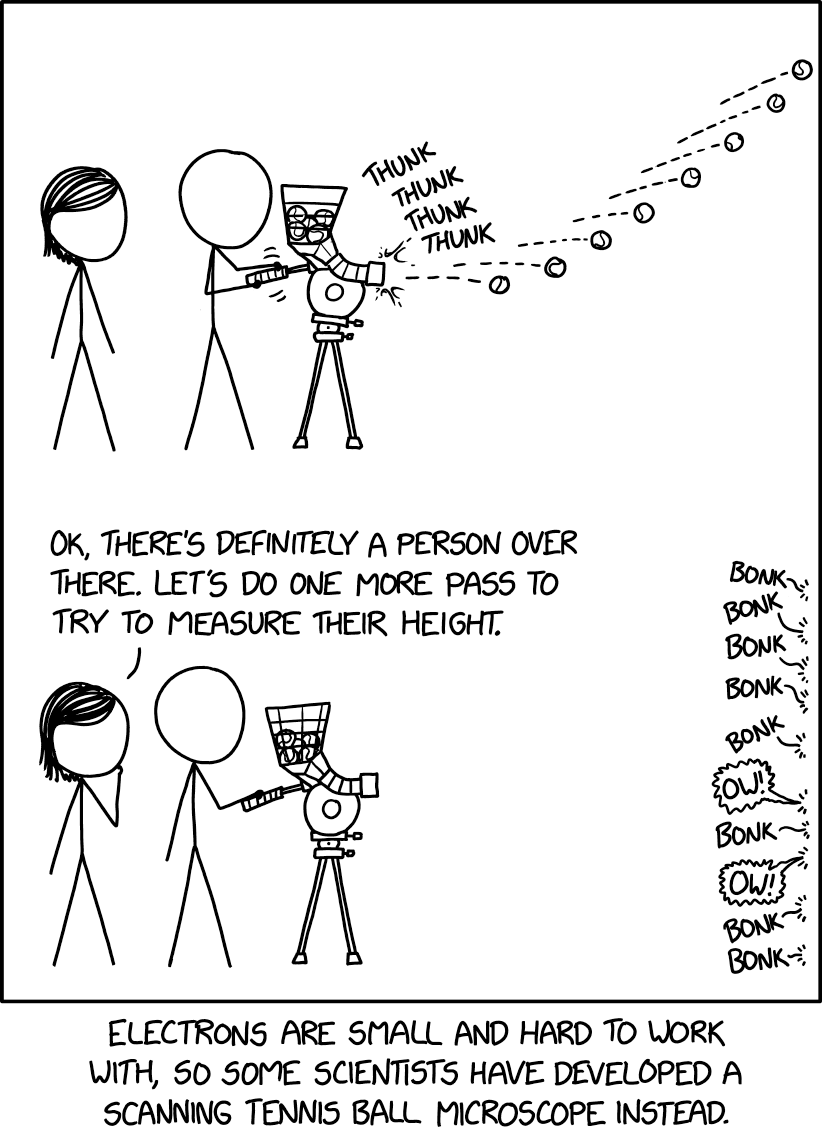Still tens to maybe low hundreds of microfarads.
- 3 Posts
- 497 Comments

 4·9 days ago
4·9 days agoTry 78: https://www.cdc.gov/nchs/fastats/life-expectancy.htm
Obviously not everyone reaches that. Even if you set the retirement age at 50, some people would die first.

 11·10 days ago
11·10 days agoYes,
But also, perhaps superannuation being (at least here in NZ) not means tested and larger than all other welfare combined implies there is a problem.

 37·10 days ago
37·10 days agoIt means more tax take and less superannuation spending. Depends on the country’s superannuation system, of course.
That means more money available for all the things taxes are used for, many of which are very very necessary.
How can you justify cuts to the healthcare system because you claim to not have enough money, but then pay pensioners some thousand dollars a fortnight, regardless of what assets or other income they have?
Most phones seem to give you the option to skip the next alarm. That may be better than disabling it?
 102·10 days ago
102·10 days agoNon-single-use plastic isn’t really a problem. It’s no worse than equivalent metal parts.

 2·16 days ago
2·16 days agoAF447 is sometimes blamed on lack of coupled sidesticks amongst other possible deficiencies in aircraft design. Pilot error doesn’t happen in a vacuum.
Certainly not the same situation as the 737, though.

 81·16 days ago
81·16 days agoSeveral years is ‘recent’ in aviation, compared to the high-profile early FBW crashes Airbus had and AF447.

 2·23 days ago
2·23 days agoThe issue with aviation hydrogen is… well, lots.
-
Fuel cells are heavy and direct combustion is inefficient and tougher than burning kerosene.
-
Aircraft typically use the wing structural members as the fuel tank walls. Both cryogenic and pressurised options make that a non-starter.
-
Lower density means much bigger tanks.
-
Self-vapourising fuel is a major crash issue.
-
Round trip efficiency for H2 is still terrible.
Plants may not be particularly efficient per km^2 but arable land isn’t actually that hugely scarce.
Reducing aviation is really the only thing that’s actually going to work.
-

 6·23 days ago
6·23 days agoI believe that would exclude Canada, Aus, and NZ which are pretty firmly considered first world.

 4·24 days ago
4·24 days agoBiofuels/ethanol/SAF are much the same; often derived from corn.
In many cases, the oil/gas/electricity used for harvesting, processing, cracking etc. is actually comparable to or exceeds the carbon released by simply drilling for and burning the oil in the first place.

 2·24 days ago
2·24 days agoSee also some of the transparency and active transparency in KDE 5 (and friends): https://discuss.kde.org/t/krusader-and-kvantum-transparency/17533

 26·25 days ago
26·25 days agoIIRC ‘point blank’ means no need to adjust for bullet drop due to gravity. This is well within that.
Brick does really badly in earthquakes, at least without major reinforcing. ‘Unreinforced masonry’ can be fatal pretty easily.
Brick veneer over timber framing can be a thing.

 211·26 days ago
211·26 days ago“Stop getting worse” is a pretty major improvement. And yes, trees work as carbon sequestration.
Most (all?) CCS is not grabbing random carbon from the atmosphere. It’s pulling it out of smokestacks so you can keep burning fuel while claiming it’s green. It is not net negative even if working as intended.

 16·26 days ago
16·26 days agoIt’s nearly midnight here. Still dumb.

 16·1 month ago
16·1 month agoNew Zealand!

 11·1 month ago
11·1 month agoWhat I mean is that the bulk of current copper wiring goes towards distribution and consumption, not generation.
Yes, but big batteries everywhere is going to effect that if there’s copper in lithium batteries, and apparently there is.
This isn’t a big thing. This is a constant thing in every system. It’s the push and pull between efficiency and resiliency. More storage capacity is less efficient when things are going well, but is more resilient and adaptable when they’re not.
Excess storage capacity, sure.
But inflating the base battery capacity to cover people having showers at 5pm because it’s easier than storage water heaters and time/remote controls is stupid. You can reduce the base need for batteries by reducing the need for electricity in the first place and reducing the use of vehicles that need to carry batteries in place of e.g. overhead catenary.






No. They provide phase shift to give the single-phase induction motors a rotating rather than oscillating magnetic field. They charge and discharge 100/120 times per second depending on grid frequency.
They do not cover inrush current, and would need to be orders of magnitude bigger and a different topology to do so.